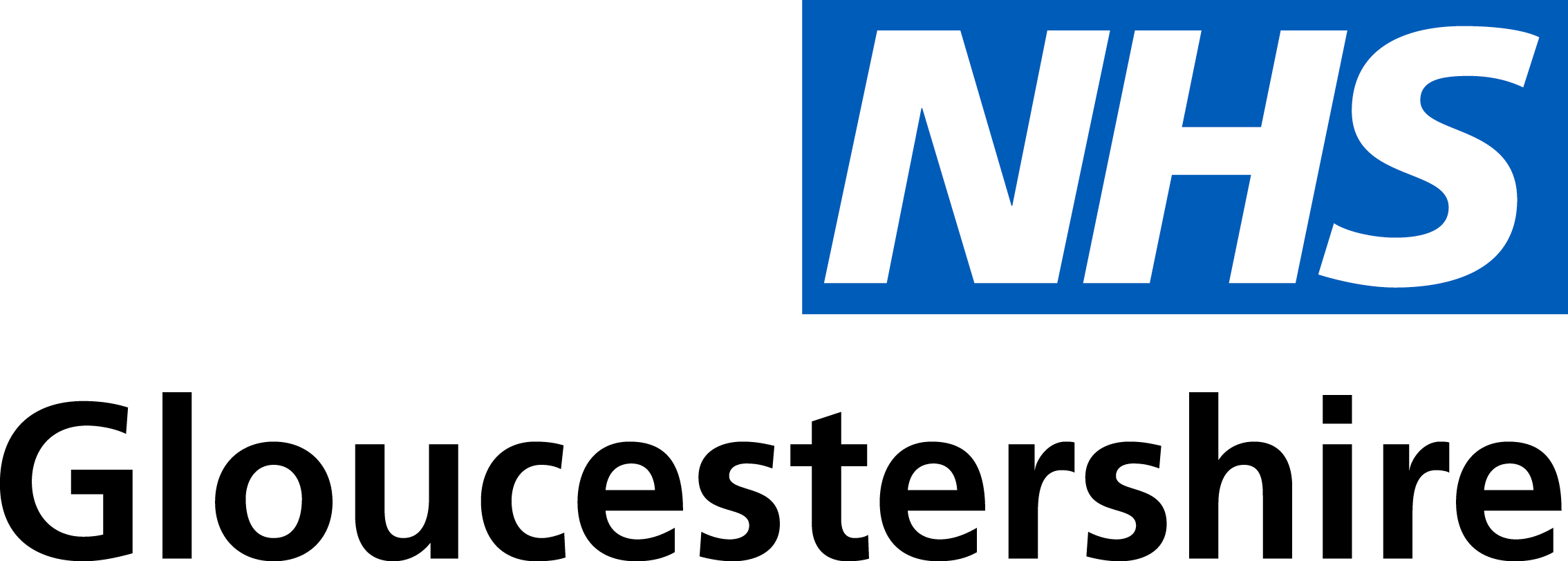Gloucestershire’s brand-new diagnostic centre has opened its doors today and is welcoming patients for diagnostic tests.
The new £15m facility at Quayside in Gloucester will offer more than 80,000 extra diagnostic appointments each year, allowing patients across Gloucestershire to access potentially lifesaving checks more quickly, without having to go to hospital.
A wide range of diagnostic tests including X-Rays, MRI, CT, ultrasound, ECHO and DEXA scanning will be available when the centre is fully operational.
The centre has already been providing additional scans to patients from new ‘modular units’ which were installed towards the end of last year. These buildings were constructed off-site in controlled conditions before being transported and assembled at Quayside.
They are providing around 400 CT and MRI scans, seven days a week, offering patients flexibility around appointment times as they are open 12 hours per day.
Professor Mark Pietroni, Deputy CEO, Director for Safety and Medical Director at Gloucestershire Hospitals NHS Foundation Trust, which is leading the programme, said:
“Seeing the units being craned onto the site in the city centre was exciting as it marked an important step in bringing additional diagnostic services together at Quayside House.
The units were swiftly put to good use. We have been working with Cheltenham-based Cobalt Medical Charity, and together, have been able to significantly increase the number of MRI, and CT scans we can offer.
We have worked really hard locally to reduce the number of people waiting for CT, MRI and non-obstetric ultrasound tests.
Offering appointments 12 hours a day, seven days a week, means that we are making it easier and quicker for patients to get the tests and scans they need, helping them to get faster diagnoses. This is vital in diagnosing a host of conditions, including cancer, as early as possible, and giving patients the best possible chances of recovering.”
Signage around the centre has been put in place to help patients navigate the building and grounds and car parking spaces have been clearly marked out.
Dr Ananthakrishnan Raghuram MBE, Chief Medical Officer at NHS Gloucestershire, said:
“Colleagues have been working hard to bring scans and tests back up to pre-pandemic levels and this new investment will really help us to speed up access to life-saving tests.
Our teams have been working with a range of services supporting conditions such as complex breathlessness, liver disease and lung disease, as well as sleep studies, to look at opportunities to streamline appointments for patients to achieve faster diagnosis and treatment.
If a patient requires more than one type of scan or appointment, for example a patient with suspected lung cancer may need a chest X-Ray, a CT scan, outpatient appointment and if diagnosed lung function tests to confirm treatment plans, the centre will aim to provide these in one visit, on the same day.
This coordinated approach will help patients to avoid having multiple appointments and will also reduce waiting times for diagnosis.
We hope that this investment in high quality facilities, equipment and staff will help to improve both productivity and efficiency whilst giving patients a more personalised and convenient experience.”
It is hoped that the new centre will help to attract and retain more health professionals within Gloucestershire and bring higher levels of job satisfaction. It will also help the county’s two main hospitals by reducing the number of diagnostic appointments they provide, enabling busy hospital staff to focus on providing acute care.
The new centre will provide a full range of services over the weeks following its opening on 5 February 2024.
Background
While the new facility provides enhanced diagnostic services, patients will still be able to have X-Rays and other imaging procedures carried out at existing hospital sites, including Gloucestershire Royal Hospital, Cheltenham General Hospital and community hospitals, where appropriate.
An additional 81,000 tests a year will be performed at the Diagnostic Centre; 50,000 of these additional tests will be imaging such as MRI, CT, X-Ray and ultrasound.
An ECHO, also known as an echocardiogram, is a scan of the heart. It is similar to ultrasound scanning used in pregnancy because it uses sound waves to build up a picture of the heart. An ECHO is not the same as an electrocardiogram, also known as an ECG, which is a simple and useful test that records the rhythm, rate and electrical activity of the heart.
A DEXA scan is a bone density scan that uses low dose X-rays to see how dense (or strong) someone’s bones are. Bone density scans are often used to diagnose or assess risk of osteoporosis, a condition that weakens bones and makes them more likely to break.

